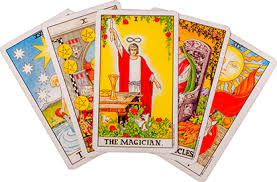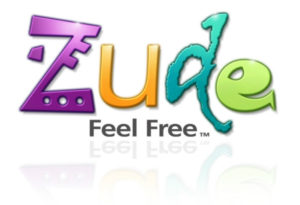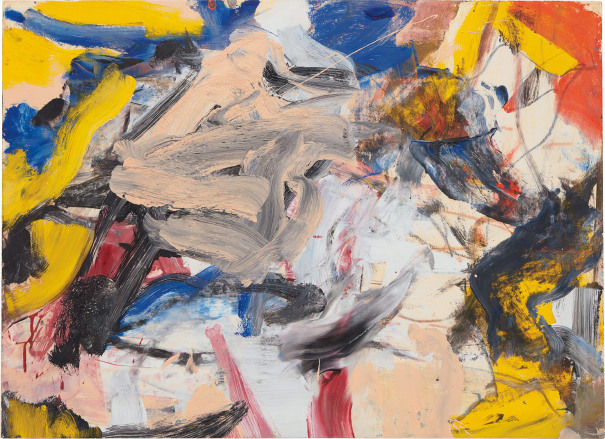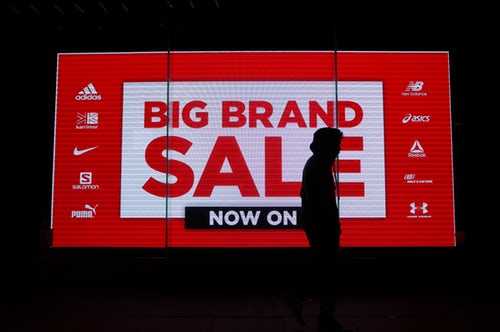Brand Strategy Tarot Card Number 3.

Home pages are tough. As a brand or company landing page, the words, visuals and strategy are the first thing a consumer or searcher sees. Unless you have the brand recognition of Coca-Cola , Amazon or Taco Bell, I’m a fan of communicating the Is-Does on the home page: what a brand Is and what a brand Does. The worst thing one can do, leading to a high bounce rate, is not explain the Is-Does on the home page. For a brand, a nice product shot is more than appropriate. If a service, some quick visualization of function. The idea of the home page is to leave no possible confusion as to what one is selling. Of course, naming is important. If the home page says Mission Health System, you can get away with not having doctors on the page. If Blue Point Brewing, you needn’t show the suds.
Once the Is-Does is covered, the other purpose of the home age is to convey the brand claim. Not claims. Claim. There can be only one overriding value of a brand – with all deference to “Tastes great, less filling.” If a home page offers up multiple values, the brand jig is up. Brands are allowed 3 support planks, but all must directly bolster the claim. It’s simple brand blocking and tackling.
If your home page scatters values, you don’t have a home — you have multiple homes. Therefore no home at all.
Peace.
(There are 6 Brand Strategy Tarot Cards. Brand Strategy Tarot Cards is a diagnostic offering of What’s The Idea? For more information write Steve@WhatsTheIdea.com)







